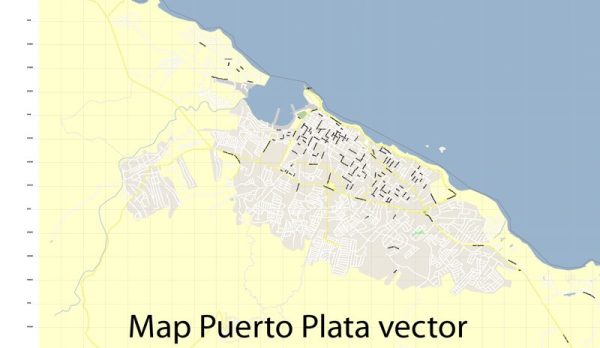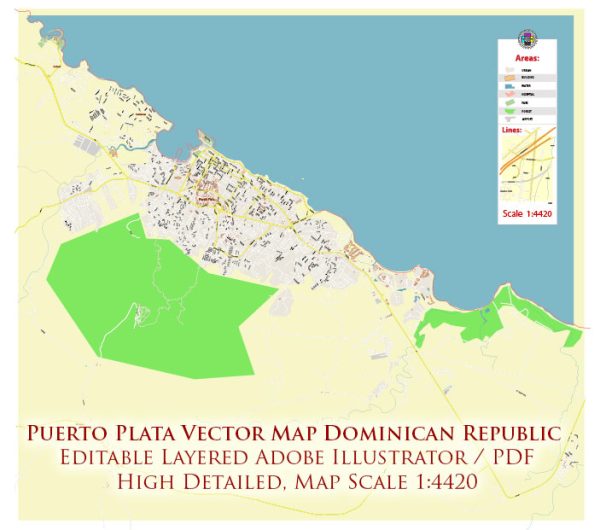Puerto Plata, located on the northern coast of the Dominican Republic, is a city known for its rich history, vibrant culture, and diverse architecture. The city’s architecture reflects a blend of influences, including Spanish colonial, Victorian, and Caribbean styles. Here is a description of the architecture in Puerto Plata:
- Spanish Colonial Influence: The historical heart of Puerto Plata showcases Spanish colonial architecture, with buildings dating back to the 16th century. These structures often feature stucco exteriors, red-tiled roofs, and wrought-iron balconies. The central plaza, known as Parque Independencia, is a prime example of this architectural style, with its well-preserved colonial buildings, including the Cathedral of San Felipe and the Victorian-style gazebo.
- Victorian and Gingerbread Houses: In the late 19th and early 20th centuries, Puerto Plata saw an influx of European immigrants, which influenced the architecture of the city. Victorian-style architecture became prominent, with ornate details, pastel-colored facades, and intricate wooden fretwork. These Victorian houses are often referred to as “gingerbread houses” due to their decorative wooden trim and fretwork. Many of these charming homes can be found in the historic district and along the Malecon, a seaside promenade.
- Caribbean Colors: The Caribbean influence is evident in the vibrant colors of many buildings in Puerto Plata. Bright and bold colors, such as turquoise, coral, and pastel shades, are commonly used to decorate homes and businesses. This colorful palette adds to the city’s lively and tropical atmosphere.
- Spanish Forts: Puerto Plata is home to several historic Spanish forts, such as Fort of San Felipe and Fort of San Gil. These forts, built in the 16th century, showcase military architecture of the era, with thick stone walls, battlements, and strategic positions overlooking the city and the coast.
- Modern Developments: In addition to its historical architecture, Puerto Plata has seen modern developments in recent years. Resorts, hotels, and condominiums along the coastline often feature contemporary designs and amenities to cater to the city’s growing tourism industry.
- Eclectic Mix: Puerto Plata’s architecture offers an eclectic mix of styles, making it a visually appealing and diverse city. The blend of historic and modern structures creates a unique urban landscape that caters to both residents and visitors.
Overall, Puerto Plata’s architecture reflects its rich history, from its Spanish colonial roots to more recent influences, resulting in a charming and vibrant cityscape with a distinct Caribbean flair. Visitors can explore the city’s historic sites, colorful neighborhoods, and seaside promenades to experience its architectural diversity.



 Author: Kirill Shrayber, Ph.D.
Author: Kirill Shrayber, Ph.D.